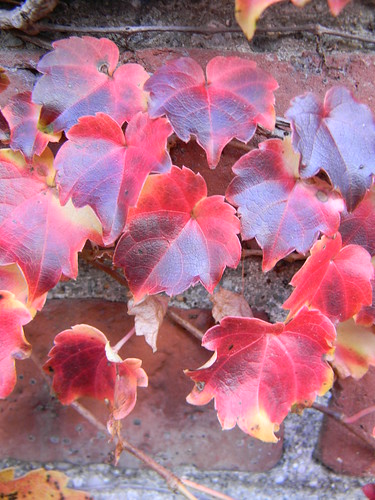By James Ellsworth De Kay
1844
The Piping Plover or Beach-flea, or Beach-bird as it is sometimes called on Long island, ranges from 24° to 53° north, breeding from New-Jersey to Nova-Scotia. It appears with us about the last of April, and leaves during the month of October. It is a resident during winter from South-Carolina southwardly.Audubon's bird biography of the piping plover:
THE PIPING PLOVER.
Charadrius Melodus, Ord.
During the spring and summer months, this pretty little Plover is found on the sandy beaches of our extensive coasts, from the southern point of the Floridas to the confines of Maine. As you proceed towards Labrador, you find it in every suitable place, as far as the Magdeleine Islands, on the sands of which I saw many that were paired and had eggs on the 11th of June 1833. It breeds on all parts of the eastern coast of the United States, wherever the locality is adapted to its habits. On the 3d of May, this bird was found with eggs on the Keys of the Floridas; about a month later, you may meet with it in the States of Maryland, New Jersey, and New York. Those which leave the south at the approach of spring, return to it about October; and during the whole winter you may find them on the sandy beaches, from South Carolina to the western coast of the Floridas. The species, therefore, may be considered as resident with us.
While migrating eastward, the Piping Plovers proceed in pairs; and should one of these on its way find a convenient place for breeding, and remain there, several others are often induced to take up their abode in the neighbourhood. In autumn, they go in flocks of twenty or thirty individuals, and at times associate with other species, particularly the Turnstone, in whose company I have found them abundantly on the coast of Florida, in the winter months. They never proceed to any distance inland, even along the sandy margins of our largest rivers; nor are they seen along very rocky shores or places covered with deep mud.
The favourite breeding stations of this species are low islands, mostly covered with drifting sand, having a scanty vegetation, and not liable to inundation. In such a place many pairs may be found, with nests thirty or forty yards apart. The nest is sometimes placed at the foot of a tuft of withered grass, at other times in an exposed situation. A cavity is merely scooped out in the soil, and there are deposited in it four eggs, which are in a great measure hatched by the heat which the sand acquires under the influence of a summer sun; but in rough weather, and always by night, the female is careful to sit upon them. Her mate is extremely attentive to her during the period of incubation, and should you happen to stroll near the nest, you are sure to meet him at his station. The eggs, which are four, and have their points placed together, measure one inch and one-eighth by seven and a half eighths, are pyriform, broad, and flatly rounded at the larger end, and tapering directly to the smaller, which is also rounded. They are of a pale bluish-buff colour, sprinkled and lined nearly all over with dark red, brown, and black. Only one brood is raised in the season. The young, which go abroad immediately after they are hatched, run with remarkable speed, and, at the least note of the parent bird indicative of danger, squat so closely on the sand, that you may walk over them without seeing them. Their downy covering is grey mottled with brown; their bill almost black. If taken up in the hand, they emit a soft plaintive note resembling that of the old bird. The strange devices which their parents at this time adopt to ensure their safety, cannot fail to render the student of nature very unwilling to carry them off without urgent necessity. You may see the mother, with expanded tail and wings trailing on the ground, limping and fluttering before you, as if about to expire. It is true you know it to be an artifice, but it is an artifice taught by maternal love; and, when the bird has fairly got rid of her unwelcome visitor, and you see her start up on her legs, stretch forth her wings, and fly away piping her soft note, you cannot but participate in the joy that she feels.
The flight of this Plover is extremely rapid, as well as protracted. It passes through the air by glidings and extended flappings, either close over the sand, or high above the shores. On the ground, few birds are swifter of foot: It runs in a straight line before you, sometimes for twenty or thirty yards, with so much celerity, that unless you have a keen eye, it is almost sure to become lost to your view. Then, in an instant it stops, becomes perfectly motionless, and if it perceives that you have not marked it, squats flat on the sand, which it so much resembles in colour, that you may as well search for another, as try to find it again.
Their notes, which are so soft and mellow as nearly to resemble those of the sweetest songster of the forest, reach your ear long before you have espied the Piping Plover. Now and then, these sounds come from perhaps twenty different directions, and you are perplexed, as well as delighted. At the approach of autumn, this species becomes almost mute, the colour of the plumage fades; and it is then very difficult for you to perceive one that may be only a few yards off, until it starts and runs or flies before you. At this season they are less shy than before.





















































